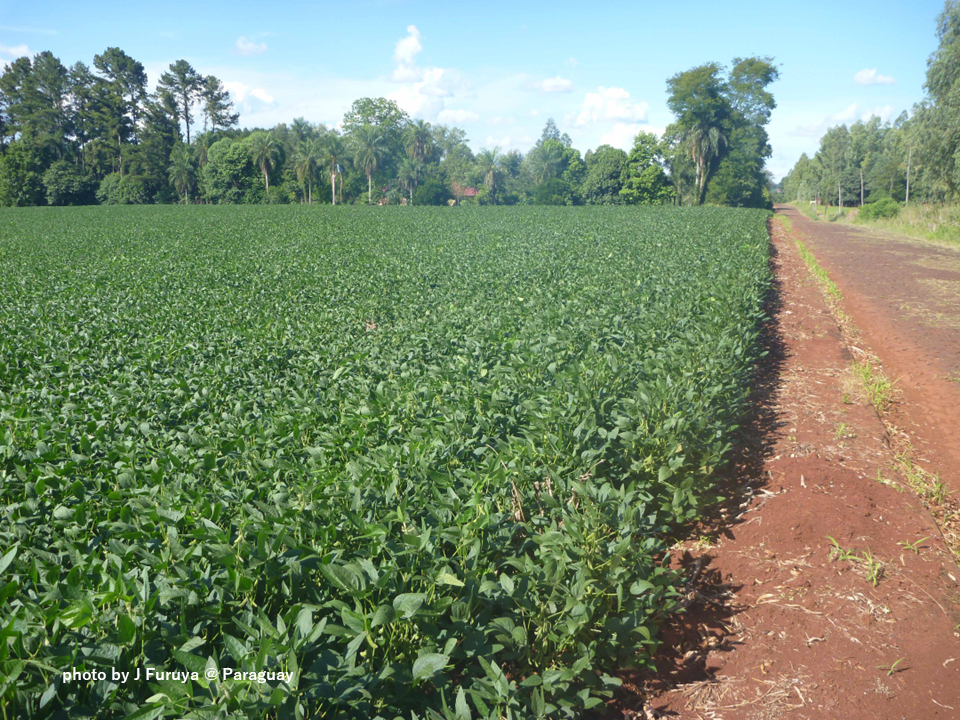Pick Up
739. Cereal Supply and Demand and Ukraine's Production and Export Trends

739. Cereal Supply and Demand and Ukraine's Production and Export Trends
The Ministry of Agriculture, Forestry and Fisheries (MAFF) releases a monthly food security report on the supply, demand, and market prices of agricultural products based on published data from the United States Department of Agriculture (USDA), the UN Food and Agriculture Organization (FAO), and reports from other countries. The following is a summary of the food security monthly report for February.
According to the February 17 report of Ukraine's Ministry of Agricultural Policy and Food, the 2022/2023 wheat harvest has been completed, with 20.2 million tons harvested, or almost 100% of the planned harvest area. The harvest of maize, which had been delayed, is also in the final stages, with 26.5 million tons harvested, equivalent to 94% of the planned harvest area. In addition, according to the ministry's February 14 report, winter wheat acreage in FY2023/2024 is expected to be 22 million hectares, down 19% or 7 million hectares from the previous year.
According to China's Trade Statistics, grain imports in 2022 were down sharply for maize, down 27% from the previous year, but up 2% and 60% for wheat and rice, respectively, from the previous year. The decrease in maize imports was due to record domestic production and lower imports from the US and Ukraine. The increase in rice imports was due to an increase in broken rice imports versus higher wheat and maize prices in 2022.
According to the USDA report, export price of US grains is higher than those of other countries, making exports less competitive. The main reason for this is the high cost of domestic transportation due to the low water level of the Mississippi River. Wheat exports are behind those of Russia and Australia, and maize exports are behind those of Brazil. Also, according to the USDA report, wheat production in Russia is expected to increase 21% year-over-year to 92 million tons, while barley production is expected to be the largest ever, up 23% year-over-year to 21.5 million tons. Exports of wheat are also expected to reach a record high of 45.3 million tons, up 32% from the previous year.
Noteworthy is the southern part of South America, which has been affected by hot and dry weather caused by La Niña, with Argentina in particular suffering the worst drought in the past 60 years. Production of wheat, which suffered from low rainfall in the late growing season, and soybeans and maize, whose planting was delayed to February due to lack of rainfall, are expected to decline. In addition, the lack of rainfall has significantly lowered the water level of the Parana River, hampering the transportation of grains.
The Food Security Monthly Report contains many charts showing trends in agricultural commodity prices and inventories, and provides an easy-to-understand picture of global supply and demand trends for agricultural commodities. Please refer to this report in conjunction with Pick Up 738 - The Future of International Cooperation on Food and Fertilizer Exports from the Black Sea Region.
* This article is published with the permission of the Food Security Office, Policy Planning Division, Minister's Secretariat, Ministry of Agriculture, Forestry and Fisheries.
Source: Monthly Report Back Number (In Japanese) https://www.maff.go.jp/j/zyukyu/jki/j_rep/monthly/r4index.html
Contributor: FURUYA Jun (Social Sciences Division)
